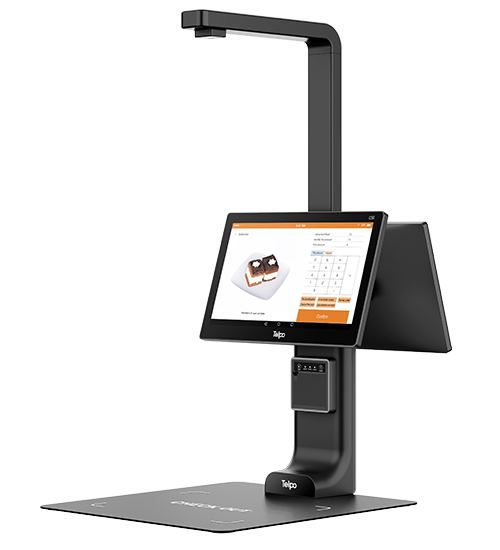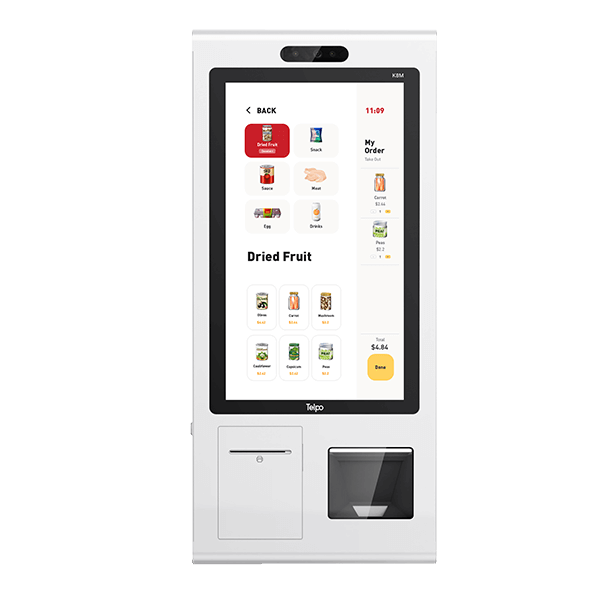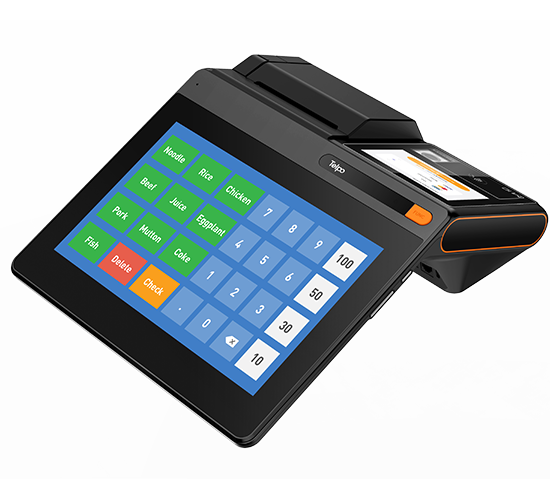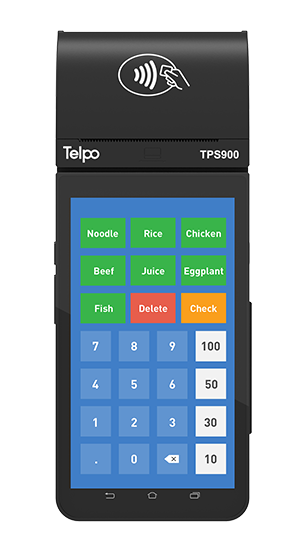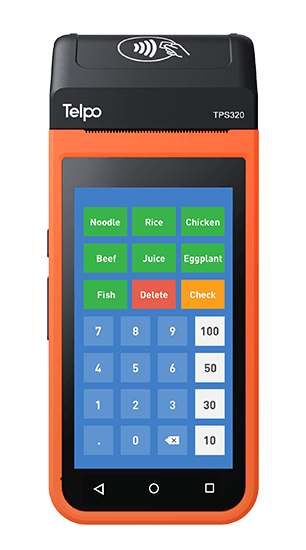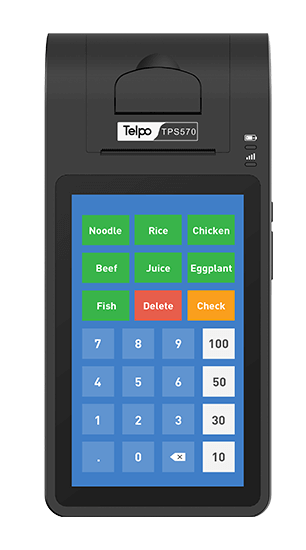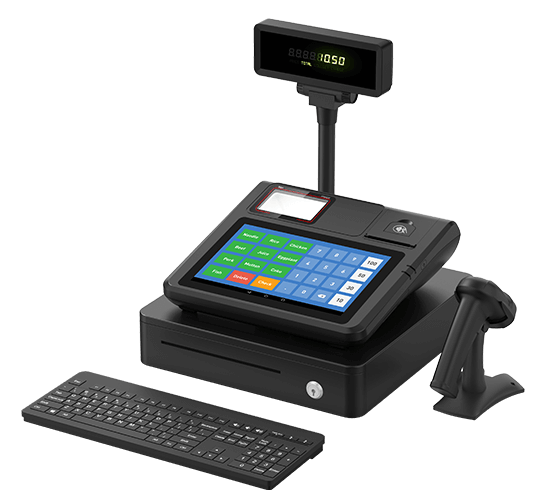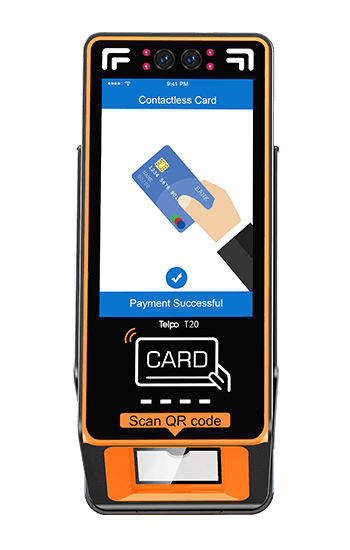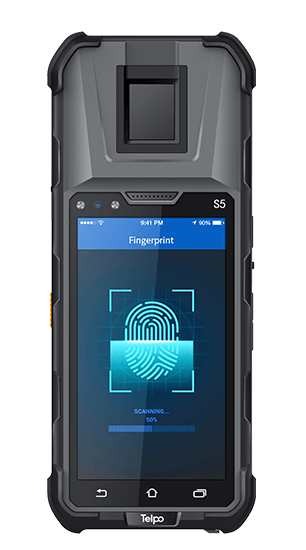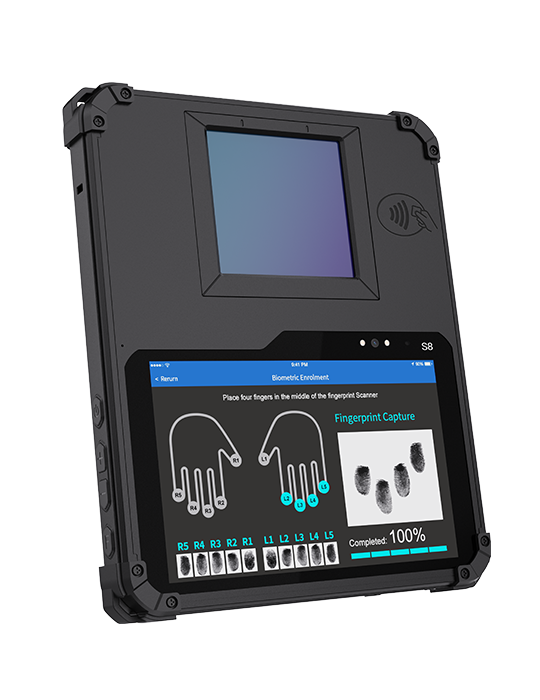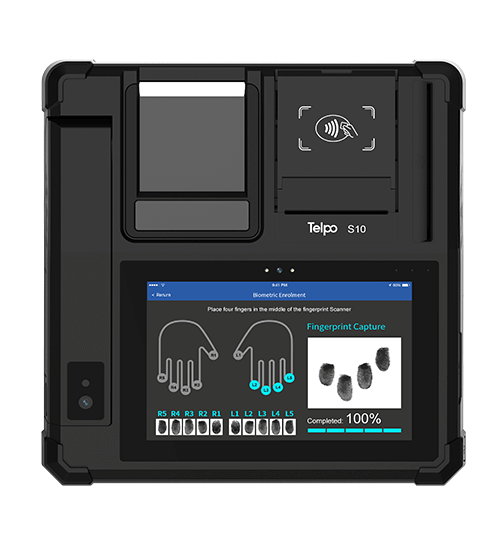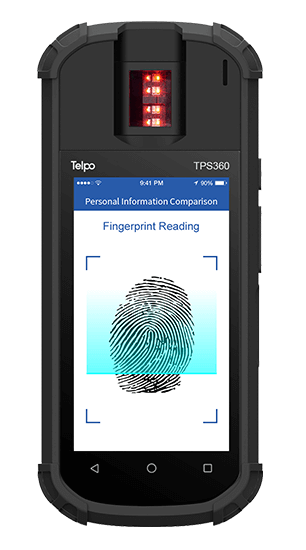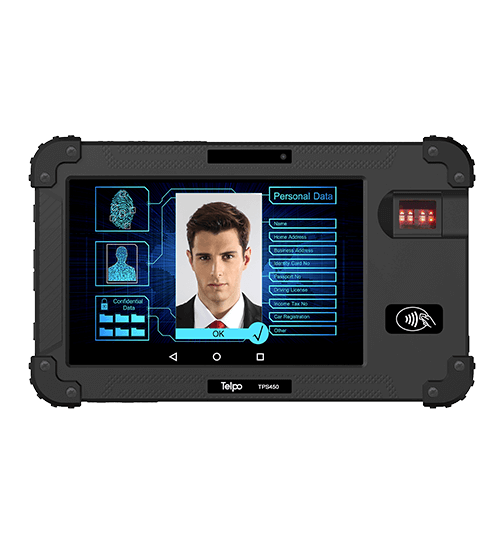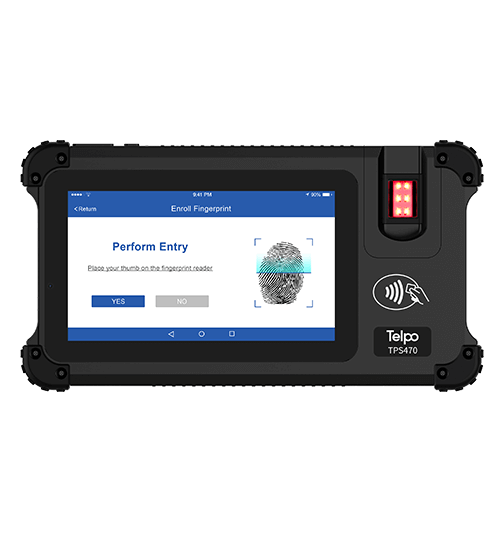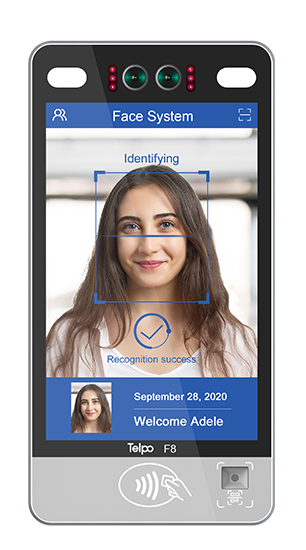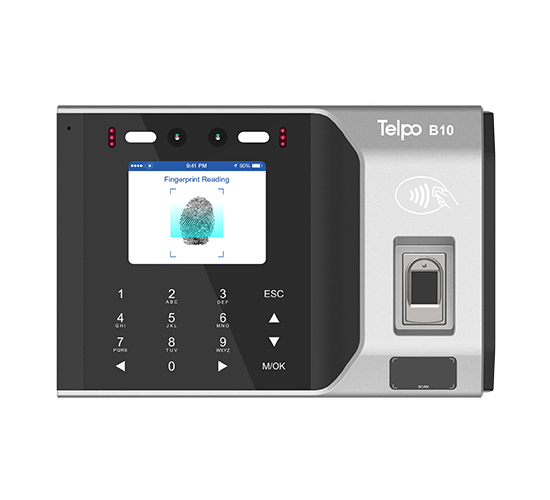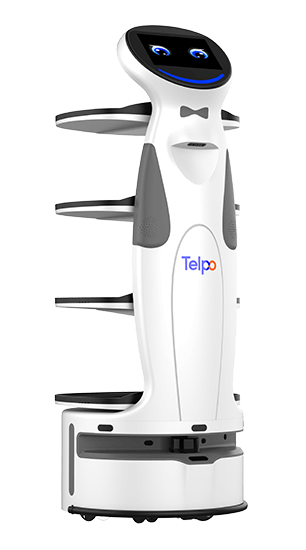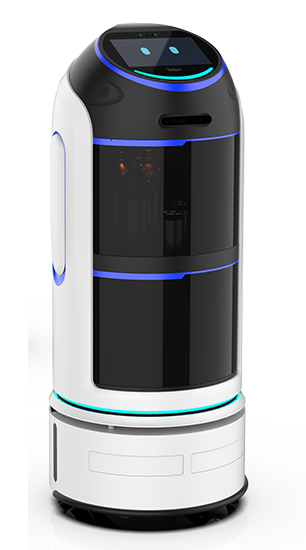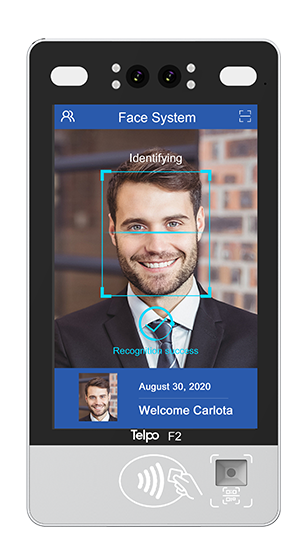The Integrated Automated Fingerprint Identification System(IAFIS)
In July 1999, the fingerprint identification function was automated in the Integrated Automated Fingerprint Identification System (IAFIS). This national, computerized system for storing, comparing, and exchanging fingerprint data in a digital format permits comparisons of fingerprints in a faster and more accurate manner. It is located in and operated by, the Criminal Justice Information Services (CJIS) Division of the FBI in Clarksburg, West Virginia. IAFIS provides three major services to its customers.
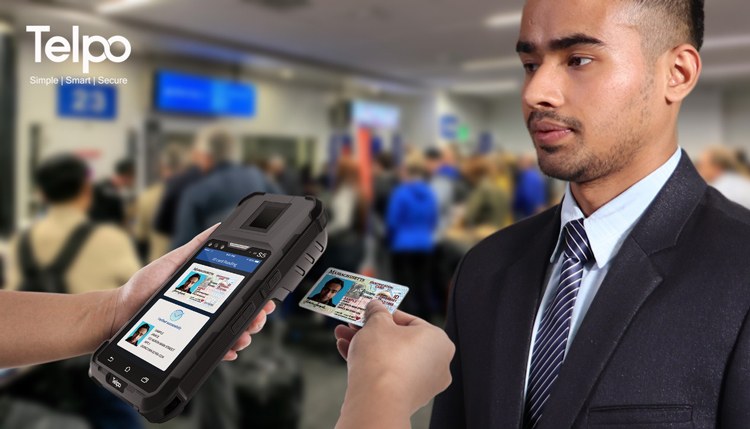
First, it is a repository of criminal history information, fingerprints, criminal subject photographs, as well as information regarding military and civilian federal employees and other individuals as authorized by Congress.
Second, it provides positive identification of individuals based on fingerprint submissions (both through ten‑print fingerprints and latent fingerprints).
Third, it provides tentative identification of individuals based on descriptive information such as a name, date of birth, distinctive body markings, and identification numbers. IAFIS's primary function is to provide the FBI with a fully automated fingerprint identification and criminal history reporting system.
Additionally, IAFIS has made several other accomplishments. It has improved latent fingerprint identification services to the law enforcement community and it has also helped to develop uniform biometric standards. These improvements have eliminated the need to process and retain paper fingerprint cards and has, thereby, accelerated the identification process. Another benefit has been the development of improved digital image quality.
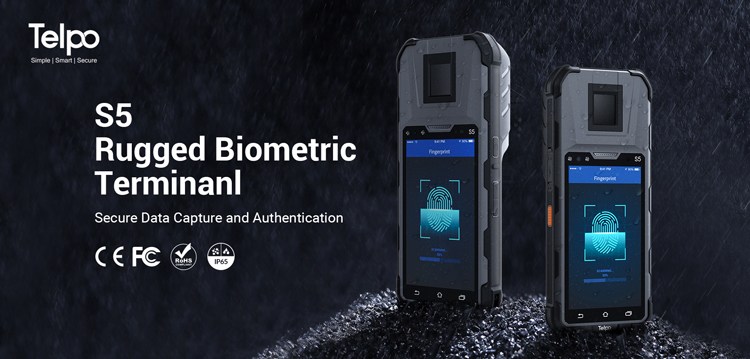
Technology powered identification on the basis of human anatomical or behavioral characteristics, i.e. biometrics, have replaced traditional identification methods in many applications. Commercial biometric systems are good for use cases where numbers of people to are limited. For large scale identification, AFIS (Automated Fingerprint Identification systems) are leveraged. Law enforcement agencies use AFIS, which are way more capable than commercial biometric systems. Processing and comparing large number of records requires extraordinary computation ability.
AFIS systems make use of additional hardware to attain this requirement. FBI’s national automated fingerprint identification and criminal history system is known as IAFIS. IAFIS has been in service since 1999, however, it is set to be gradually replaced by more advance systems called NGI (Next Generation Identification) system.



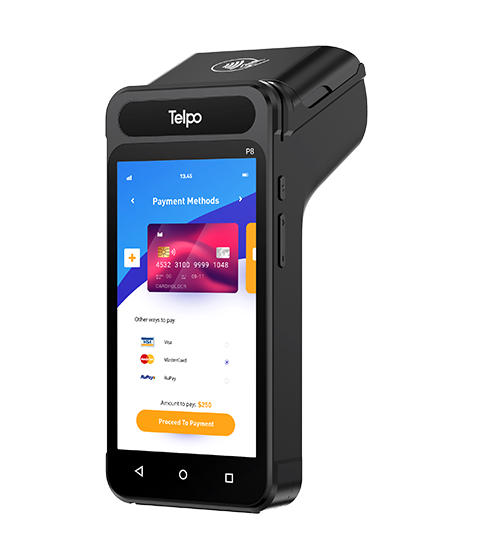







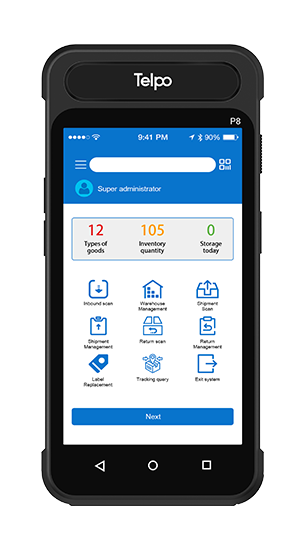

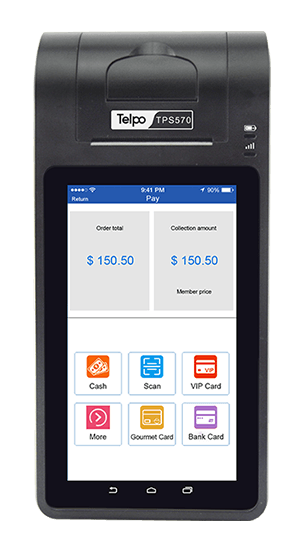

.png?VGVscG8tQzItUG9pbnQgb2YgU2FsZSBUZXJtaW5hbCA=*2023/07/Telpo-C2-80-printer-550.png?VGVscG8tQzItUG9pbnQgb2YgU2FsZSBUZXJtaW5hbCA=*2023/09/C2-printer-250.jpg?VGVscG8tQzItUG9pbnQgb2YgU2FsZSBUZXJtaW5hbCA=)



